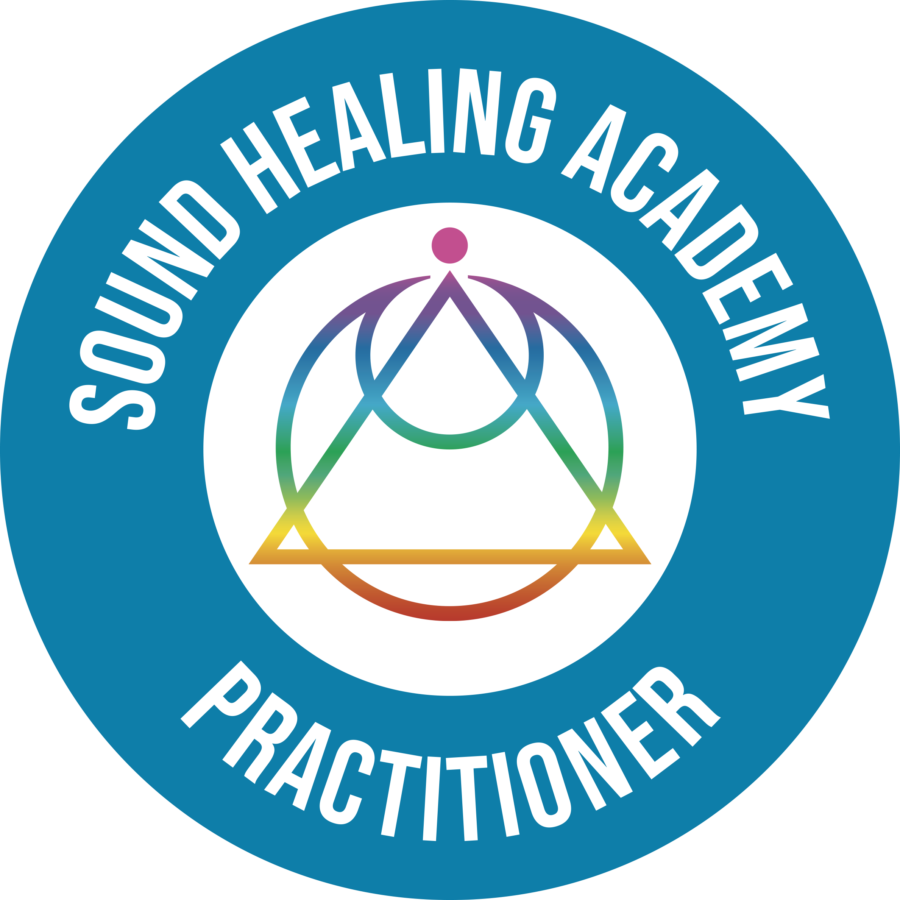I’ve always seen stress as being a major barrier to a healthy life…
And our modern world can certainly be stressful!
Understanding a basic principle about the role of stress and health is really important.
When explaining the concept to my clients and students, I often liken stress and healing to a seesaw.
In the presence of stress, the body cannot detoxify.
And as levels of toxicants increase, health declines.
Many of my clients have noticed an increase in sensitivities and/or an increase in the intensity of their reactions.
Simply put –
When stress goes up, our ability to detoxify goes down.
And, when stress goes down, our ability to detoxify increases.

Understanding this very core piece of the puzzle helps to emphasise the importance of relaxation.
Quietening down the fight-flight, to bring about a more relaxed state,
And flooding the body with hormones that support healing.

Science and the Benefits of Sound Healing
If we look at this with a more scientific lens, we find that there is a body of work around the benefits of Sound Healing and how it works.

The sonic waves act at a cellular level to reset the cell, relaxing the nerve plexus, muscles and tissues; balancing the autonomic nervous system, calming stress (Goldsby & Goldsby, 2021) and reenergising; calming traumatised cells, which then allows healing to take place, and thus boosts recovery.
Drawing from Oschman’s (2003) work, connective tissue is semi-conductive thus enabling the bioelectrical signals to travel into every cell and tissue. Bones contain apatite crystals – and these crystalline structures are able to resonate with the sounds created by the crystal bowls.
It impacts the biofields which in turn can influence physical conditions… and the reverse is also true.
It entrains the cells of the body and brain, resulting in changes to them,
as can be seen in Emoto’s (with water crystals) and
Dr Jenny’s (with particles, as part of cymatics) work.

The Brain
When we are looking at the brain, the focus is on the brainwaves.
Sound Healing aims to have the client at the alpha-theta border – that in-between state of being deeply relaxed and yet alert.
Research has found music therapy (using music, including rhythms in a medical setting) has shown that “listening to music and speech after neural damage seems to induce long-term changes in the neuroplasticity… and may facilitate the recovery of higher cognitive functions” (Magee, 2020).
This is how they realign and restore balance and harmony; as well as alter brainwave frequencies, dropping one into the alpha-theta frequency as well as balancing the two hemispheres of the brain.
The combination of the vibrations and the regulation of breath allow a shift in emotions and an uplifting of mood.
Vocal toning has been found to cause participants to feel meditative, calm and relaxed in a study conducted by Snow, et al (2018).
Turow lists the following as being able to be altered with beats (eg drumming and chanting): brainwaves, respiration, heart rate, motor movements, and subtle body movements (2005, 52).


Hormones and Neurotransmitters
Drumming has been found to “modulate specific neuroendocrine and neuroimmune parameters in a direction opposite to that expected with the classic stress response,” according to researchers Bittman, et al (2001).
And the release of the “feel-good hormones” such as dopamine and serotonin can be triggered by musical experiences (Rodrigues-Fornells, et al, 2021; Schneck & Berger, 2006).
Clark & Tamplin (2016) state, that according to Beaulieu-Boire, et al, “music also activates the limbic system, releasing endorphins that can make us feel better and reduce pain perception.”

Lead and Heavy Metals
Because of the way that Sound Healing can promote relaxation, there are possible flow-on effects like supporting our bodies to naturally detoxify.
< I explain my thoughts in this short video.

References
- Bittman, BB, Berk, LS, Felten, SL, Westengard, J, Simonton, OC, Pappas, J, and Ninehouser, M (2001) Composite effects of group drumming music therapy on modulation of neuroendocrine-immune parameters in normal subjects Altern Ther Health Med. 2001 Jan;7(1):38-47. PMID: 11191041
- Clark, IN & Tamplin, J (2016) How Music Can Influence the Body: Perspectives From Current Research (Position Paper) Grieg Academy Music Therapy Research Centre
- Goldsby, TL & Goldsby, ME (2020) Eastern Integrative Medicine and Ancient Sound Healing Treatments for Stress: Recent Research Advances Integr Med (Encinitas) 2020 Dec;19(6):24-30. PMID: 33488307
- Magee, Wendy (2020) Music and The Brain (podcast)
- Oschman, J (2003) Energy Meicine in Therapeutics and Human Performance
- Rodriguez-Fornells, A, Rojo, N, Amengual, JL, Ripollés, P, Altenüller, E & Münte, TF (2012) The Involvement of Audio-Motor Coupling in the Music-Supported Terhapy Applied to Stroke Patients Annals of New York Acadey of Sciences, 1252, 282-293. Doi:10.1111/j.1749-6623.2011.06425.x
- Schneck, DJ & Berger, DS (2006) The Music Effect: Music Physiology and Clinical Applications
- Snow, S, Bernadi, NF, Sabet-Sassoufm N, Moran, D and Lehmann, A (2018) Exploring the Experience and Effects of Vocal Toning Music Ther . 2018 Jun 7;55(2):221-250. doi: 10.1093/jmt/thy003. PMID: 29800304
- Turow, G (2005) Auditory Driving as a Ritual Technology: A Review and Analysis Religious Studies Honors Thesis, Stanford University







